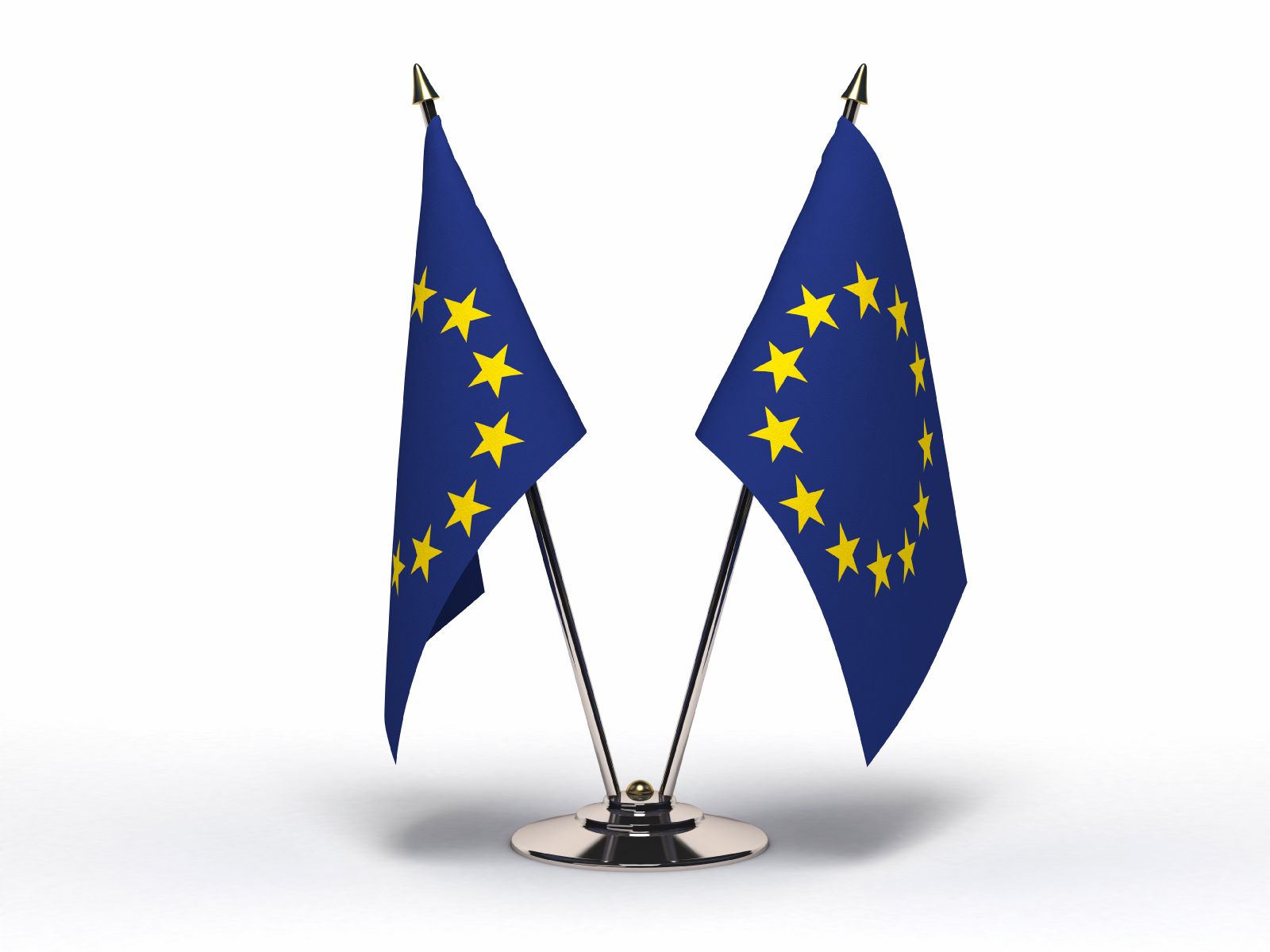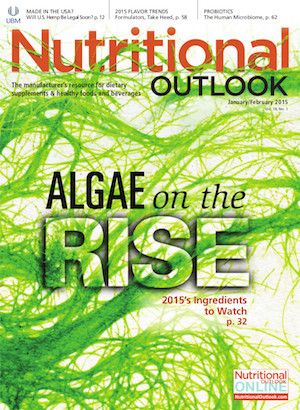How Does EFSA’s Caffeine Assessment Match Up with Other Global Standards?
The Council for Responsible Nutrition weighs in on a new caffeine assessment in Europe.

With the release of a new caffeine safety assessment draft by the European Food Safety Authority (EFSA; Parma, Italy), the public now has until March to submit comments on the draft. Aside from proposing that 400 mg of caffeine per day is the safety threshold for European adults, the assessment also outlines limits of safe caffeine consumption for children, pregnant woman, and in combination with alcohol.
Although these opinions may seem contrary to caffeine warnings mandated by other regulatory bodies around the world, such as Health Canada’s required cautionary labels against mixing caffeine with alcohol or consumption by children or pregnant women, the safety thresholds in the assessment appear accurate to Jim Griffiths, vice president, scientific and internal affairs, the Council for Responsible Nutrition (CRN).
“As a scientist, I actually applaud what EFSA has come out with,” says Griffiths. “I’ve looked at the caffeine literature over the years and, looking at their literature review, I think that they have done a comprehensive job of looking at the science.”
One of the more discussed aspects of the assessment may be its opinion that children and adolescents aged 3-18 may safely consume caffeine up to 3 mg per kg of body weight. However, Griffiths considers the proposals to be reasonable.
“It’s very difficult when it comes to adolescents and children, only in that there’s really not a good wealth of scientific studies to pin actual risk assessment values on,” Griffiths adds. “I think what EFSA has done, which is look at the mg per kg doses for adults and suggest that’s appropriate for children and adolescents, is the best we can do, and I think it’s appropriate given FDA and other regulatory agencies not finding adverse effects associated with caffeine at current doses.”
Griffiths expects FDA will submit comments for the EFSA assessment draft, but he does not foresee FDA proposing its own set of caffeine recommendations in the coming months. Although FDA’s GRAS regulations have tended to focus on cola-type caffeine products, the broadness of EFSA’s ruling could provide FDA the chance to comment on total caffeine intake, including natural sources. According to Griffiths, EFSA’s assessment of adult caffeine usage is generally in line with FDA’s own stance on safe thresholds.
Caffeine standards in Belgium were also mentioned in EFSA’s assessment draft as an example of a like-minded opinion, says Griffiths.
“The fact that EFSA traditionally has been an overly conservative regulatory body and the fact that they have a value that seems to be in alignment with other regulatory agencies, to me it should have the ability to assuage some of the angst right now that surrounds this ingredient and these types of products,” says Griffiths.
CRN may submit comments on the draft in coming months, which would likely strive to bring CRN’s own recommended guidelines on caffeine into the conversation. Raising consumer awareness about caffeine and ensuring consumers have the ability to calculate their total caffeine intake is a priority for CRN.
“I would like to make sure that EFSA is aware that the supplement industry is part of the process,” says Griffiths.
Read more:
Should We Label Caffeine Content In Energy Drinks?
CRN Adopts Caffeine Guidelines
Michael Crane
Associate Editor
Nutritional Outlook magazine
michael.crane@ubm.com
Photo © iStockphoto.com/Bosphorus

HHS announces restructuring plans to consolidate divisions and downsize workforce
Published: March 27th 2025 | Updated: March 27th 2025According to the announcement, the restructuring will save taxpayers $1.8 billion per year by reducing the workforce by 10,000 full-time employees and consolidating the department’s 28 divisions into 15 new divisions.


















